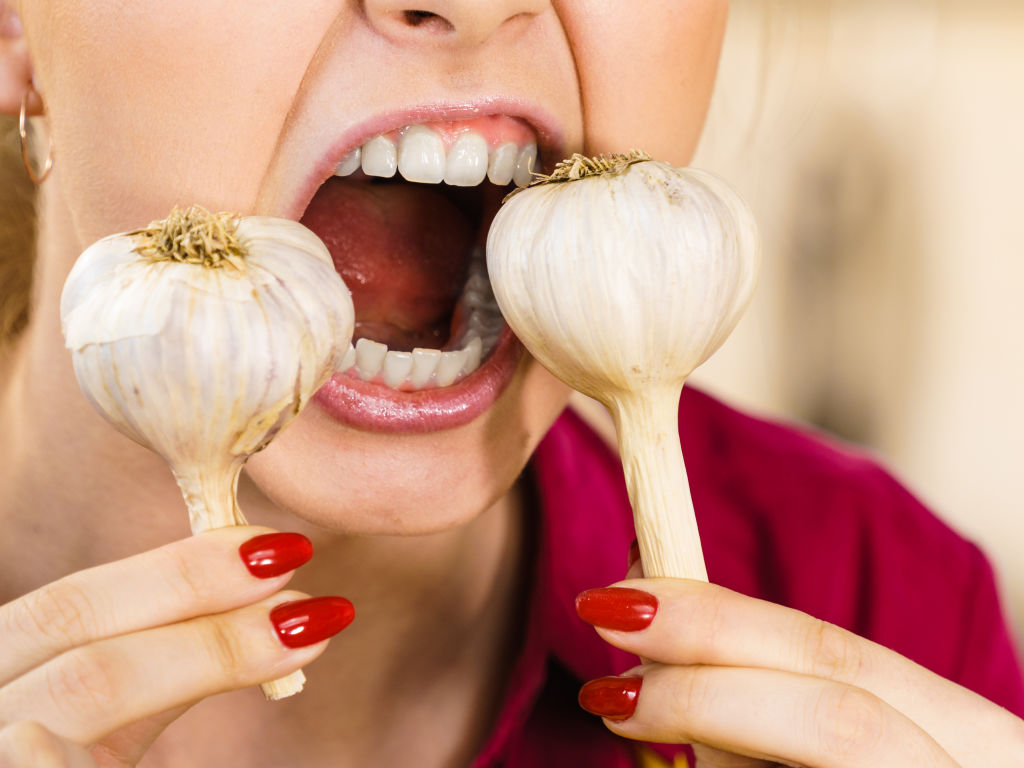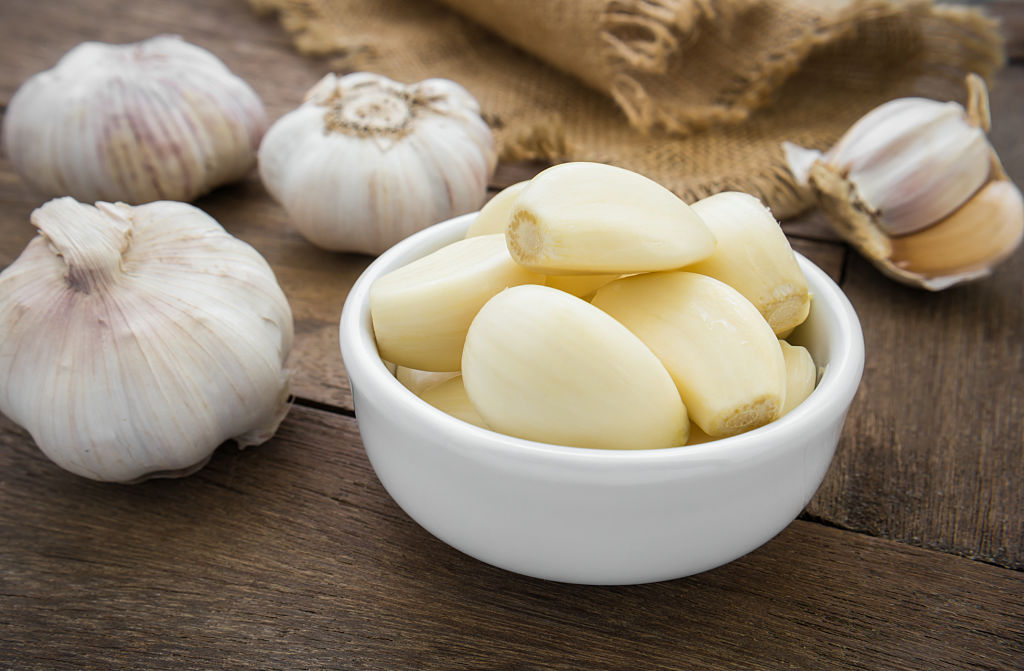Garlic has been celebrated for thousands of years as more than just a kitchen spice. From ancient civilizations that believed it boosted strength, to modern research confirming its antioxidant and antimicrobial properties, garlic has earned its reputation as a powerful natural food.
But while garlic offers impressive health benefits, eating it every single day—especially in raw form—can also bring about some uncomfortable and even risky side effects. Like many things in nutrition, balance is the secret.

Why Garlic Is So Powerful
The magic of garlic lies in compounds like allicin, which is released when garlic is chopped or crushed. These compounds are linked to:
-
Immune support: helping the body ward off colds and infections.
-
Heart health: lowering LDL (“bad”) cholesterol and improving circulation.
-
Blood pressure control: particularly helpful for those with hypertension.
-
Antioxidant protection: reducing oxidative stress in the body.
It’s easy to see why many people consider garlic a “superfood.” However, using it daily without moderation can lead to problems.
Side Effects of Eating Garlic Every Day
Digestive Irritation
Raw garlic is extremely strong. Eating too much can irritate the stomach lining, causing nausea, bloating, or diarrhea. People with acid reflux often find their symptoms worsen. Cooking garlic makes it milder, but overdoing it can still upset digestion.
Strong Breath and Body Odor
The same sulfur compounds that benefit health also linger in the bloodstream, escaping through the lungs and skin. The result: stubborn bad breath and body odor that brushing or mouthwash can’t always cover.

Bleeding Risks
Garlic naturally thins the blood. While this can be good for heart health, it’s risky for people taking anticoagulants like aspirin or warfarin. Eating garlic daily in large amounts may increase bruising, nosebleeds, or bleeding during surgery.
Blood Pressure Drops
Garlic helps lower high blood pressure, but for those with already low pressure—or who take prescription medication—daily overconsumption can push levels too low. Symptoms may include dizziness, weakness, or fainting.
Allergic Reactions
Though uncommon, some people are allergic to garlic. Reactions may involve rashes, itching, difficulty breathing, or in rare cases, anaphylaxis.
Liver Stress
Garlic is often praised for detoxifying the body, but very high doses of raw garlic have been linked in some studies to liver stress. Over time, this could potentially harm liver cells.

How Much Is Safe?
So what’s the right amount? For most healthy adults, 2–4 cloves of garlic per day is considered safe and beneficial. Beyond that, the risks of digestive issues, odor, or interactions with medications increase.
For those who dislike raw garlic, lightly cooking it still provides many benefits. Supplements are also available but should only be used under medical guidance, especially if you take other medications.
Tips for Safe Garlic Use
-
Start small: Introduce garlic gradually to see how your body responds.
-
Eat with meals: This can reduce stomach irritation.
-
Cook gently: Roasting or sautéing softens the flavor while keeping most benefits.
-
Plan ahead: If you’re heading to a social event, you might want to skip raw garlic that day.
-
Check with your doctor: Especially if you’re on blood thinners, blood pressure medication, or have liver concerns.

Final Thoughts
Garlic is one of nature’s most powerful foods. Its ability to strengthen the immune system, protect the heart, and fight off illness has kept it prized for centuries. Yet, as with many natural remedies, more is not always better.
Daily overconsumption can bring unpleasant side effects—from digestive troubles and strong odor to more serious issues like bleeding risks or low blood pressure. The key is moderation.
By enjoying garlic as part of a balanced diet, in portions of just a few cloves a day, you can unlock its benefits while avoiding the drawbacks. And if you have health conditions or take medication, it’s wise to seek medical advice before making garlic a daily ritual.
In the end, garlic works best not as a “cure-all,” but as a flavorful, health-supporting companion to a well-rounded lifestyle.